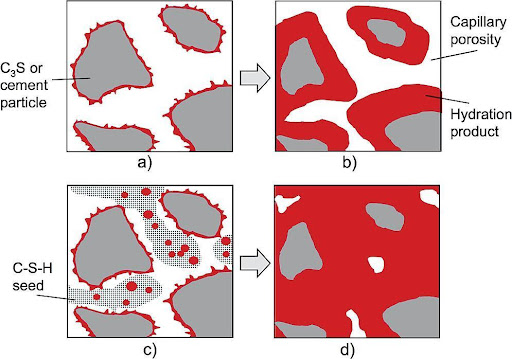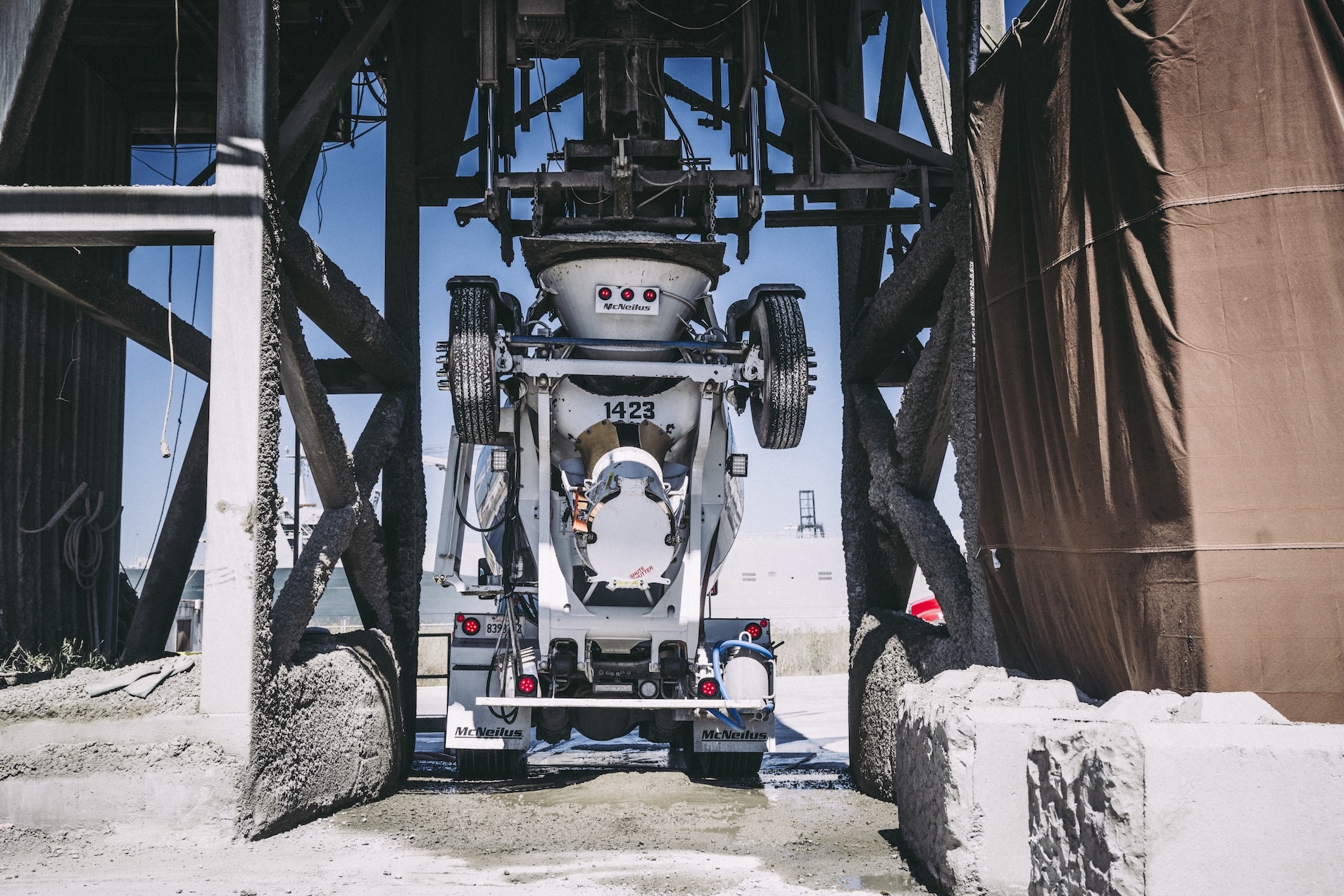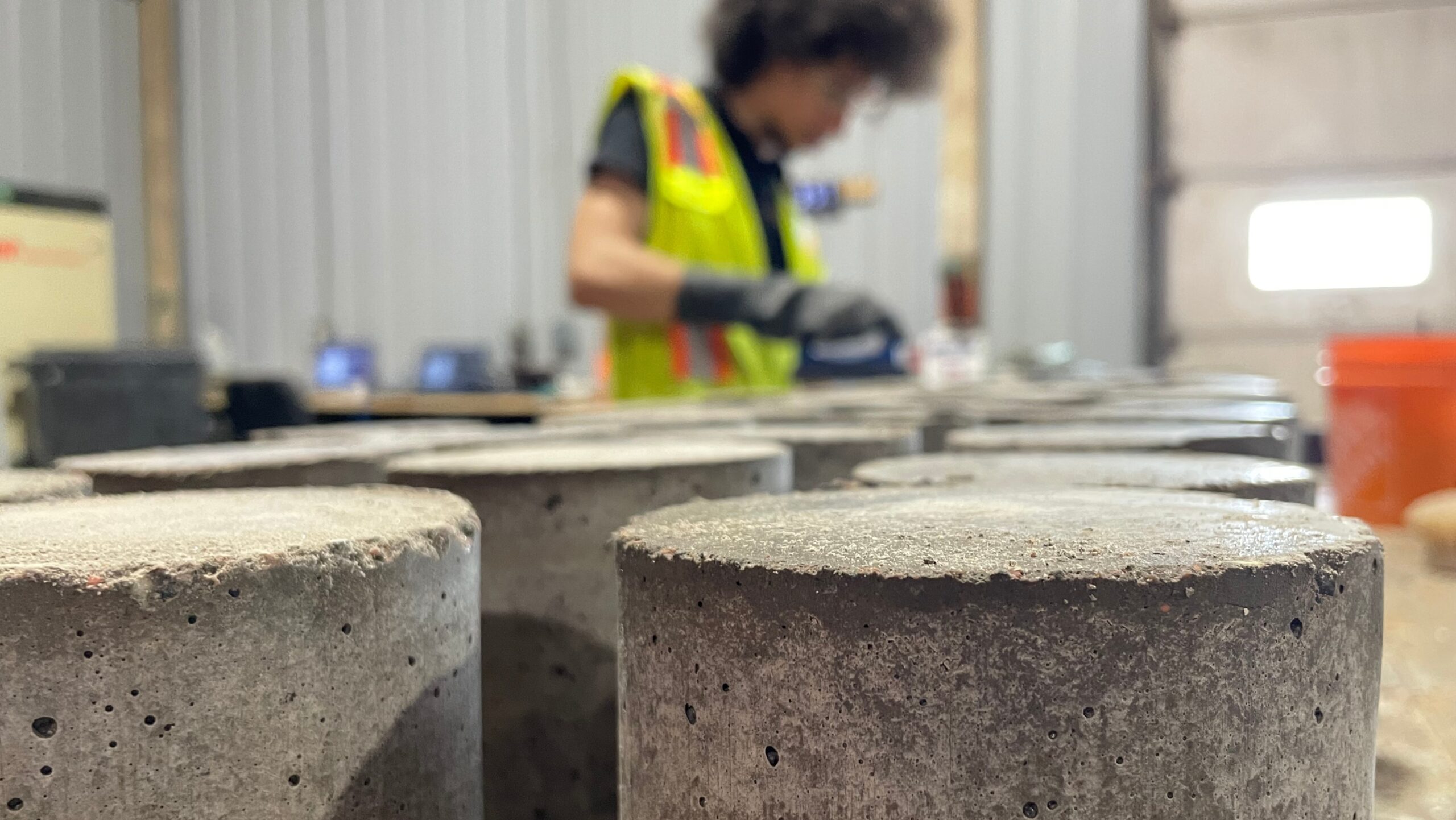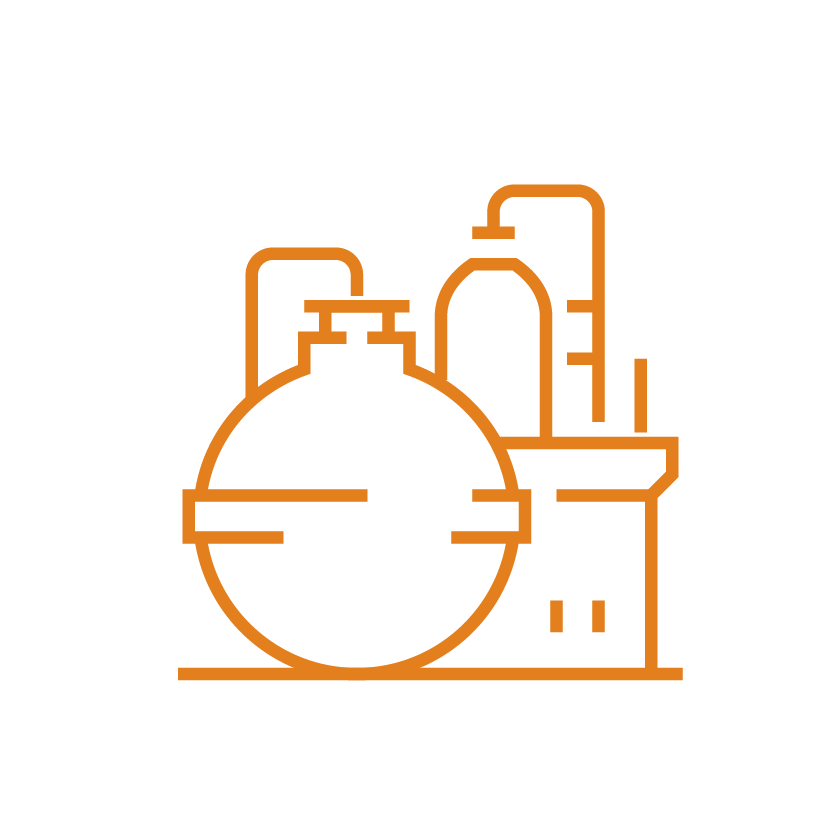We all know how it works - hydration is the key to concrete. Cement reacts with water, creating an exothermic chemical reaction where two main calcium-based hydration products are formed: calcium-silicate hydrate (CSH) and calcium hydroxide (CH).
CSH is the preferred hydration product as it is dense in nature and fills the voids that water leaves behind as it is consumed during the cement hydration reaction. This leads to a porosity reduction in concrete; thereby, maintaining strength and durability.

We’re often asked “Does CarbonCure lower the amount of calcium hydroxide in concrete - making concrete more prone to corrosion?”
When CCT injects CO2 into the fresh concrete, a chemical reaction occurs between the CO2 and the calcium silicate phases of the cement forming calcite (CaCO3) nano-particles.
The CO2 reaction is rapid and occurs alongside the early cement hydration reaction, and does not affect the reaction between the calcium silicate phases with water to form CSH and CH.
While CSH provides strength and durability to concrete, CH promotes a highly alkaline (i.e., high pH) environment in concrete, thus making the corrosion process more difficult.
Since the CO2 is injected while concrete is being mixed, the CO2 reaction occurs within minutes, and does not hinder the long-term development of the concrete microstructure as the concrete matures. Therefore, CH will develop normally during later hydration, thus maintaining the concrete pH at high values.
Are there any studies that determine the final percentages of hydration products in CCT concretes (% CSH, CH, an CaCO3)?
An experimental study [2] has shown that while the difference in the amounts of the hydration products formed is small, the main change is in the composition of the earliest CSH that forms. In the sample with CO2, the CSH gel is observed to have a lower calcium-to-silica ratio, which is known to exhibit higher strength than regular CSH (that observed in the sample without CO2).measurement.
If you have any questions about our processes or analyses, please do not hesitate to contact us. Or, check out our Technical Reports & Data to learn more.
References
1. Thomas, J. J., Jennings, H. M., & Chen, J. J. (2009). Influence of nucleation seeding on the hydration mechanisms of tricalcium silicate and cement. The Journal of Physical Chemistry C, 113(11), 4327-4334.
2. Monkman, S., Kenward, P. A., Dipple, G., MacDonald, M., & Raudsepp, M. (2018). Activation of cement hydration with carbon dioxide. Journal of Sustainable Cement-Based Materials, 7(3), 160-181.





